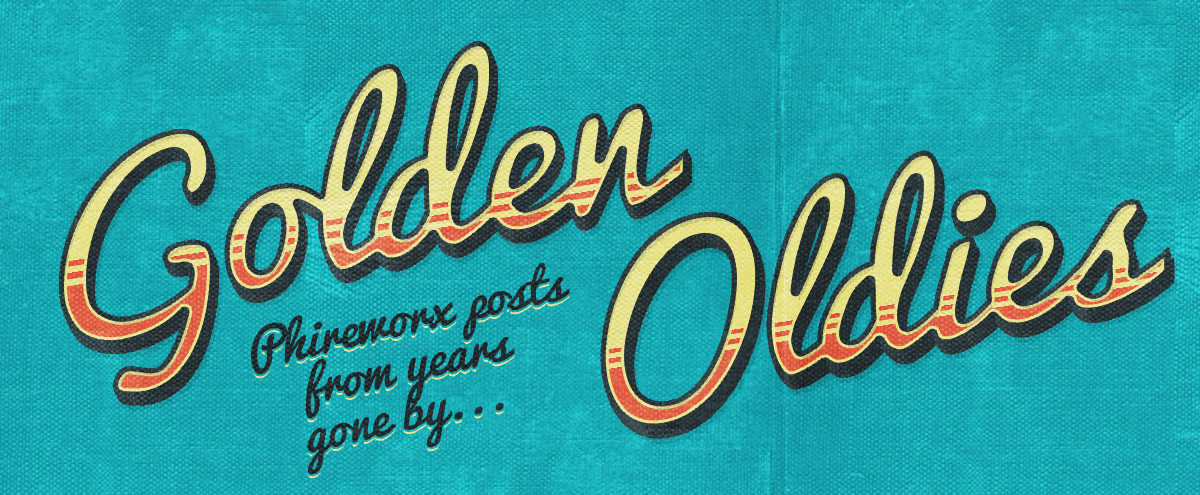Golden Oldies: Design Tips That Stand The Test Of Time – Almost
Many sites today, in addition to a liberal sprinkling of graphics in the banner and in the body, have graphic navigation systems. Navigation systems have become more elaborate, as sites have evolved from 6-page brochure-like entities to full-fledged multimedia sites with multiple web applications.
Coinciding with the shift in online content is a shift in the metaphor used for designing web graphics. Less and less do we see ourselves designing “pages”; instead, we now find ourselves designing “interfaces.” The shift is an important one, because new concepts, such as usability and accessibility, come into play. Designers and developers must find ways to create graphics that support the goals of the project as a whole. While it is beyond the scope of this book to delve into usability and accessibility, the following tips should help use graphics effectively in your web pages (or interfaces).
• When creating buttons or other interface components, they should be proportional in importance to the function that they are required to carry out.
• Don’t confuse the end user with a multitude of buttons.
• If you use navigation elements and/or buttons frequently (such as Print or Logout buttons), the user will expect to find them in the same place on each screen. Don’t confuse the user by moving these items between screens.
• Icons are not just a picture that you create because they look more interesting than their text-only counterparts. They are a special class of buttons, which representatively depict their purpose. If they do not communicate that purpose intuitively to all users, then they have failed.
• Keep iconic graphics simple. It’s easy to get carried away, developing beautiful and complex icons, but remember that meaningfulness counts more than anything.
